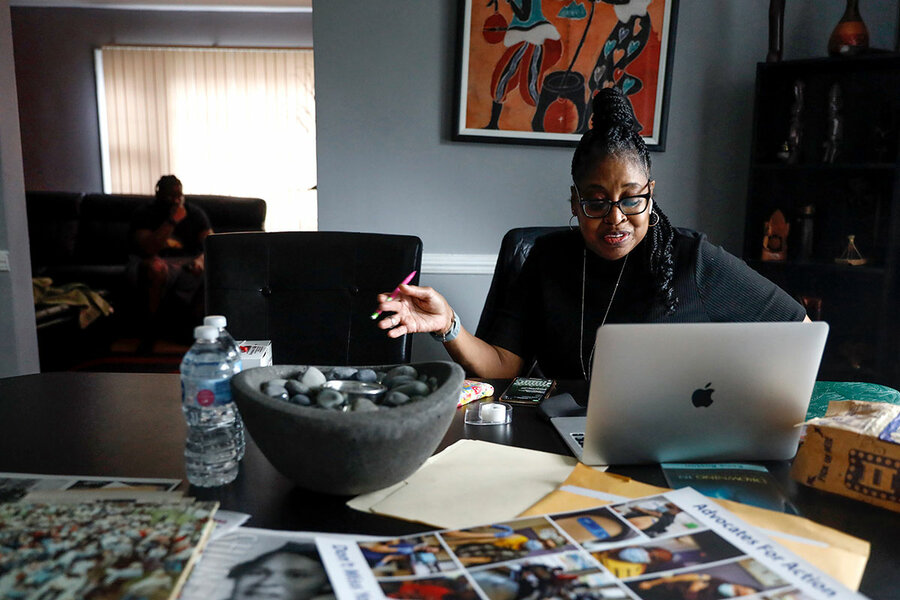
Like most self-perpetuating systems, systemic racism masquerades as the norm. But as the history of housing discrimination illustrates, it’s a human-made system, not a natural one.
Becoming a first-generation homebuyer was a meaningful step for Erin. Her parents came to the United States from Cape Verde and had never been able to purchase a house. She was excited for the stability it would provide and the financial investment in her future.
But as a 40-year-old Black woman in the Boston area, Erin, who didn’t want to be named for employment reasons, faced a lot of barriers. As she went to banks to get a mortgage, she began to feel that the color of her skin was affecting the opportunities available to her, despite having a stable financial situation and steady work.
“It was hard. [There was] a lot of profiling, a lot of lenders and realtors and people telling you that you can’t do it if you want to stay in Boston,” she says.
One bank was especially bad. “The lender herself was extremely rude, extremely demeaning,” Erin says. “I told her that I wasn’t a child, because of the way she was talking to me, and she just kept saying degrading things.”










